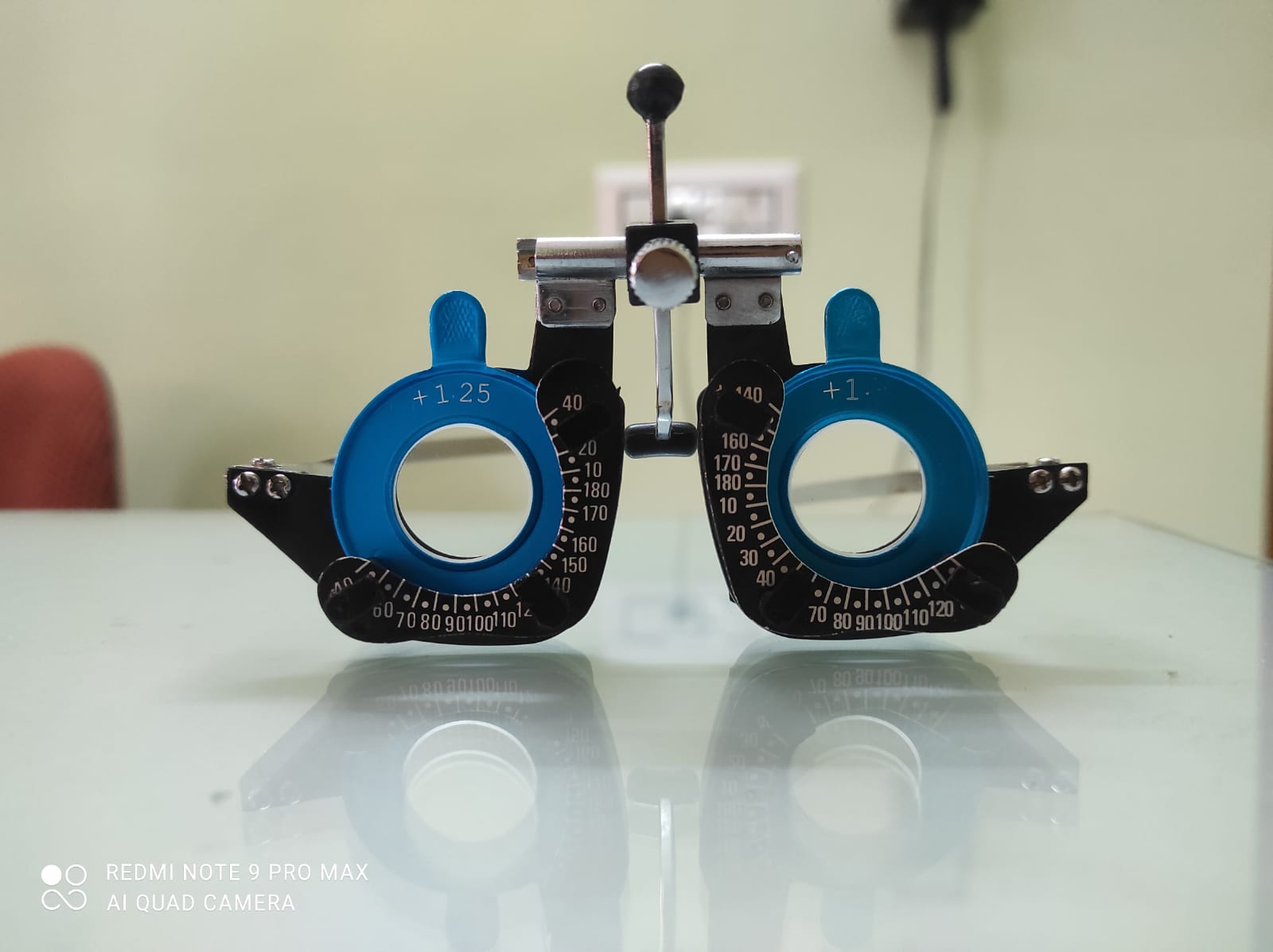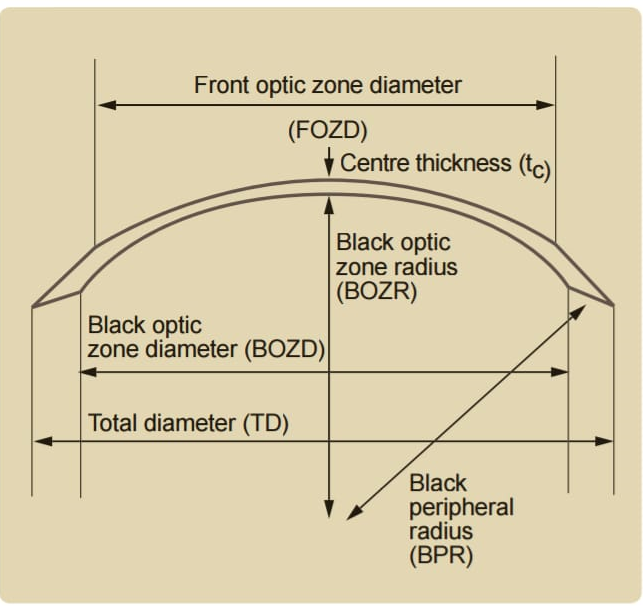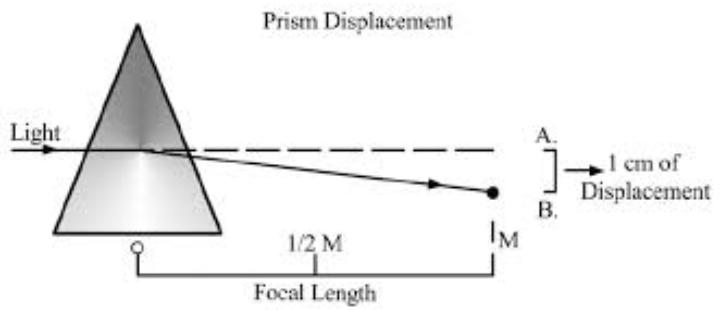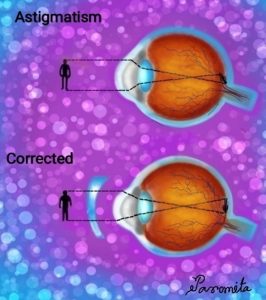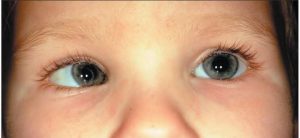As we all know that when the refractive condition of an eyeball is normal then we define it as Emmetrpoia. And when the refractive condition of the eyeball is not normal then we define it as Ametropia. And if we look at the classification of ametropia then Hypermetropia is come at the first position.
The types of Ametropia are
Ametropia
Hypermetropia
Myopia Astigmatism
If we look at the origin of Hypermetropia or Hyperopia it comes from the Greek words ‘Hyper’ ‘Metron’. At around from 1858 Hypermetropia gets familiar to the eye care providers of that time.
So here we come in the definition of Hypermetropia.
Hypermetropia/Hyperopia:- It is a type/condition of the eyes where the parallel rays of light coming from infinity come to focus behind the retina when the accommodation is at rest. It is also known as Long sightedness.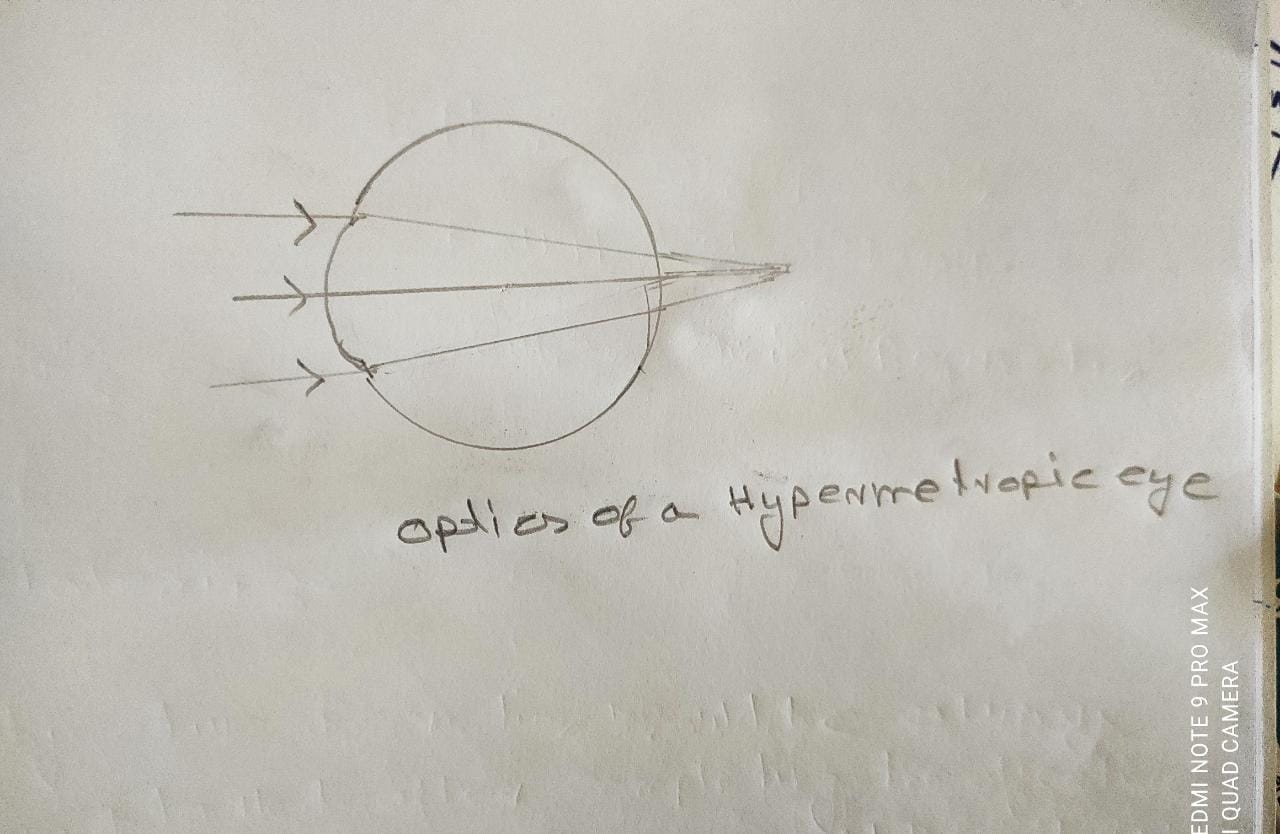
According to research there is a large number of population is suffering from this problem.
Here we discuss about the Etiological types of Hypermetropia.
Before going to discuss it briefly. We need to know the meaning of etiology properly. So etiology is actually a result of research work which consist the cause or the causes of any disease or any abnormalities in the body. Not only in medical science this factor is also use for other scientific research and Archeological or historical research works purposes.
So for hypermetropia etiologically it is mainly divided into two main groups they are the axial type and the Refractive type and the refractive type is classified into the curvature and index type.
Etiological Types of Hypermetropia
Axial
Refractive
Curvature Index
1.Axial Hypermetropia:- Before going to discuss about the axial Hypermetropia which is actually depends on the axial length of the eye we need to know about the axial lengths
So the axial length is the distance from the posterior surface of the cornea to an interference peak which is corresponding to the retinal pigment epithelium or Bruch’s membrane. Usually we consider approximately 24mm is the normal axial length of an eyeball. Usually it is measure through an instrument which is known as A-Scan Biometry.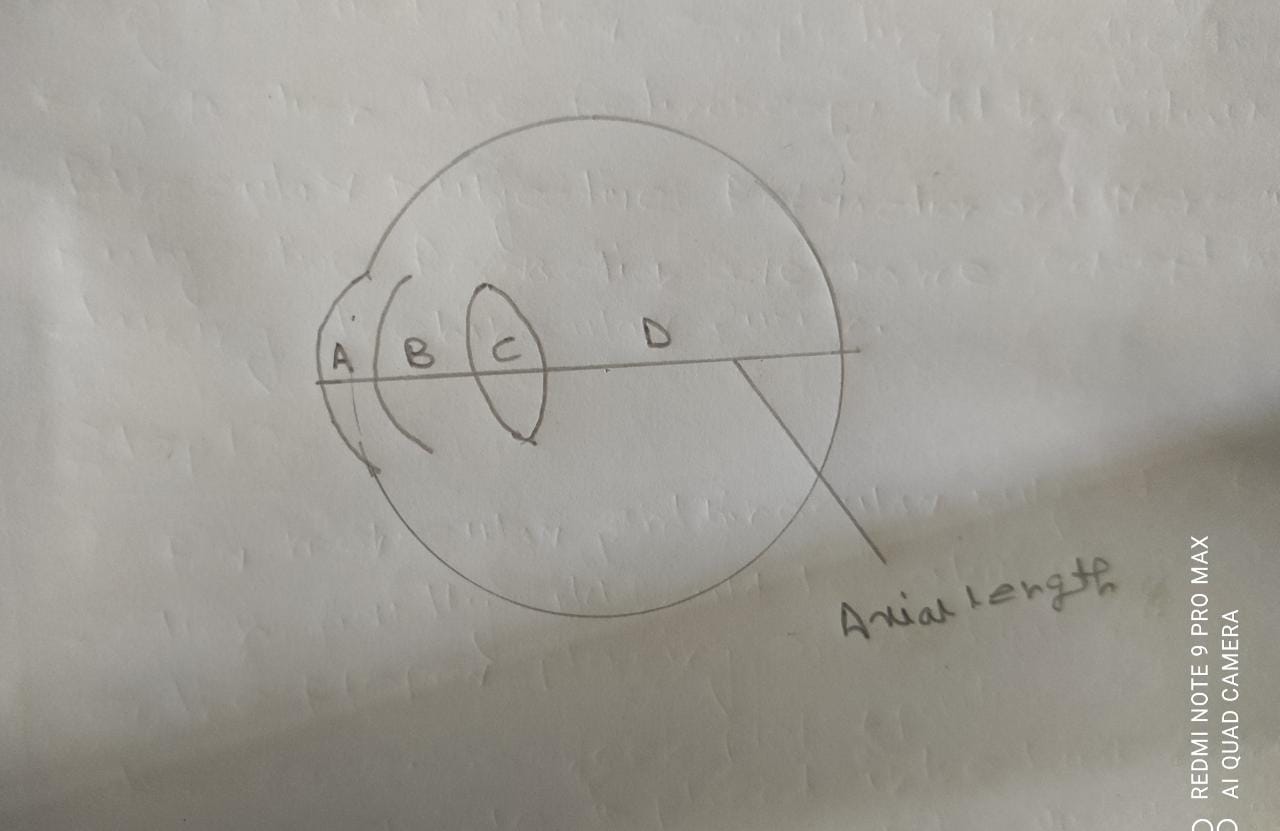
So if the axial length is shorter than normal then the parallel rays of light focus behind the retina and easily develops hypermetropia. For 1mm shorter in the axial length it leads to 3D of Hypermetropia. Due to this reason the normal newborn babies are always have hypermetropia as they don’t achieve the total amount of axial length. Due to micropthalmos the same condition can also occur and for any kind of displacement in retina if it is move forward then these phenomena can also happen. Most commonly seen in Central serous Retinopathy or CSR.
2. Refractive Hypermetropia:- As we all know that there are two main elements in our eye for refraction the cornea and the crystalline lens. And approximately the total power of eyeball is consider as 60 diopters. Where corneal power is approximately about 43 diopters and the lens power is about 17 diopters. If somehow the refractive power of any media is reduced then it can easily develop hypermetropia.
Basically the Refractive Hypermetropia is divided into two main groups
- Curvature Hypermetropia:- The transparent and main refractive elements of the eyeball cornea and lens curvature plays a very important role in refraction of light. The curvature of cornea’s anterior surface is about 7.8mm and the posterior surface is about 6.5mm and for the crystalline lens the anterior surface curvature is about 10mm and the posterior surface curvature is about 9mm.
So if the curvature of the cornea or lens is increase due to some factors or they are become more flatter than normal then it can develop Hypermetropia due to decrease in the total refractive power of the eyeball. And for 1mm increase in the radius of curvature results in 6D of Hypermetropia.
This condition can occur due to any kind of injury in cornea or lens or may be for cornea plana or lens plana.
- Index Hypermetropia- As we all know refractive index defines the velocity of light in vacuum to the velocity of light at substance in the same wavelength. In case of eyeball the main refractive medium cornea has a refractive index is about 1.37 and for the crystalline lens from 1.338 to 1.357. So if the refractive index of those main refracting media changes then it can leads to reduction in the converging power of the eyeball and it can results in Hypermetropia. Usually occur in adult diabetes patients and change in the refractive index of crystalline lens in old age.
Beside these there are some other factors they can also consider as etiological factors of Hypermetropia.
Anterior chamber depth- A normal human’s anterior chamber depth is about 3.00mm. So if the anterior chamber depth reduces due to some factors then it can leads to hypermetropia.
Absence of the crystalline lens:- It can be congenital or either it can be removed by surgical procedure and it leads to a high hypermetropia known as Aphakia.
Posterior Displacement of Crystalline Lens- Posterior displacement of crystalline lens due to ocular trauma or by other process leads to Hypermetropia.
Here we summarize all the factors of Etiology of Hypermetropia
- Short Eyeball – Axial Hypermetropia
- Cornea Lens have little refractive error- Refractive Hypermetropia
Change in Curvature of cornea and lens- Curvature Hypermetropia
Change in Refractive index- Index Hypermetropia
- Posterior displacement of crystalline lens- Positional Hypermetropia
- Absence of crystalline lens- High Hypermetropia which is known as Aphakia.

